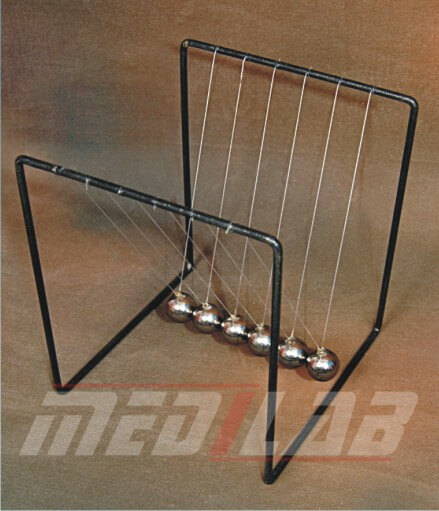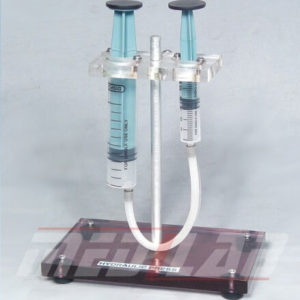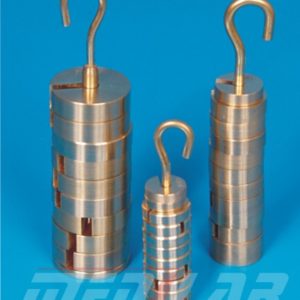Description
Newton’s Demonstration / Collision Balls Apparatus is a physics laboratory instrument used to illustrate the principle of conservation of momentum. The demonstration consists of two identical metal balls suspended from a frame by thin wires. The frame is also fitted with two metal pins that can be moved up and down.
To use Newton’s demonstration, the two metal balls are pulled back and released simultaneously. As the balls swing forward, they collide with the metal pins, causing the pins to move upward. Due to the principle of conservation of momentum, the momentum of the balls is transferred to the pins, causing them to move upward with the same amount of momentum as the balls.
The demonstration illustrates the transfer of momentum between two objects, as well as the principle of conservation of momentum, which states that the total momentum of a system remains constant unless acted upon by an external force.
Newton’s demonstration is widely used in physics education, from high school to university level, to teach the principle of conservation of momentum and the transfer of momentum between objects. It provides a simple and effective way to demonstrate the fundamental principles of physics and helps students to understand the behavior of objects in motion.







